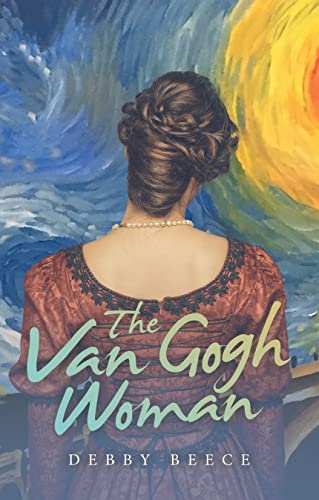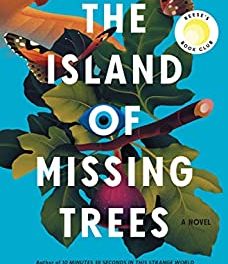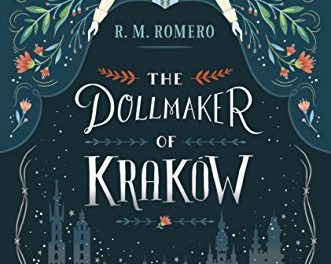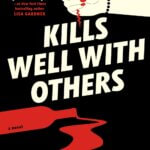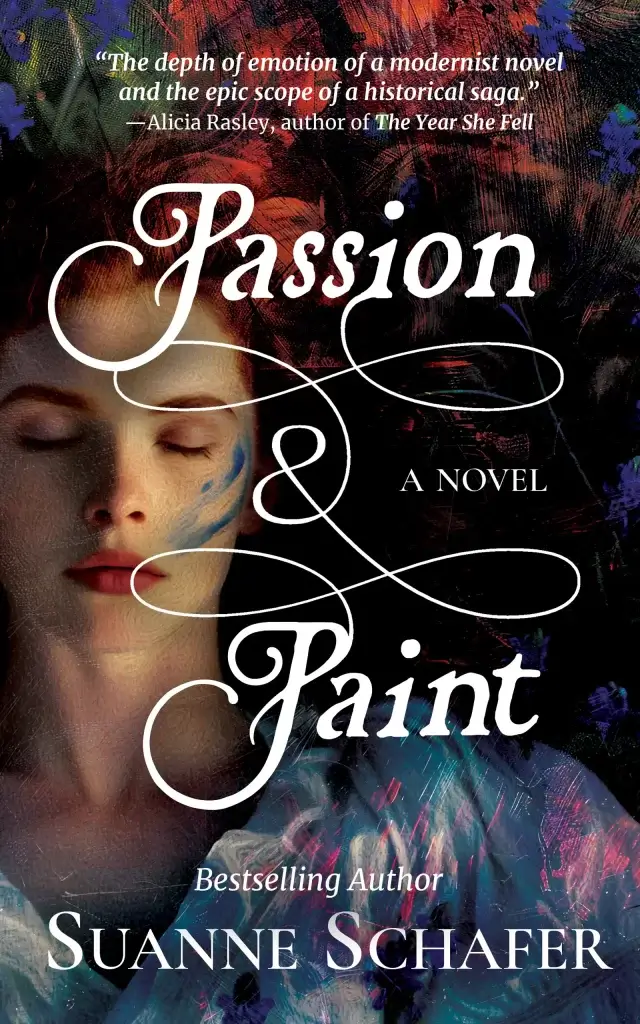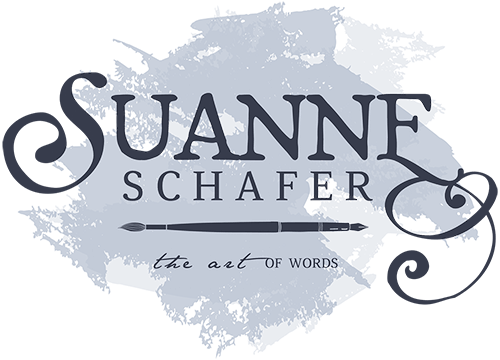In the current surge of books written about the Post-Impressionist painter, Vincent Willem Van Gogh, author Debby Beece presents a somewhat unique view. She writes of the triad formed by Van Gogh himself, his brother Theo, and Johanna, Theo’s wife, seen primarily from the point of view of Johanna. Beece presents Van Gogh as not mentally ill, but as an overly-sensitive man whose moods swing downward as he sees man’s inhumanity to man. Beece attributes his death in July of 1890 to suicide. Theo dies in January 1891 from the ravages of tertiary syphilis. As the sole beneficiary of the the two men’s estates, Johanna takes it upon herself to preserve the legacy of her husband as an early proponent of modern art while driving a long-term goal of preventing Vincent of establishing him as a master of Modern Art and keeping him from fading into obscurity. Thanks to Johanna, Vincent, having sold only two paintings during his lifetime, rises to fame, though posthumously. Her son, Willem (Vincent’s namesake) eventually inherits Van Gogh’s works and establishes a museum dedicated to his uncle’s masterpieces. The book seems well-researched, and Beece writes well of art, frequently using Van Gogh’s own words to describe his painterly methods, but overall the fact that she sugarcoats his mental illness and doesn’t include the possibility that he may have been murdered leads me to wonder what else she has glossed over.
********************
The Van Gogh Woman (Archway Publishing, March 24, 2022) is available through:
********************
This post contains Amazon Affiliate links. As an Amazon Associate, I may earn a small amount from qualifying purchases.
